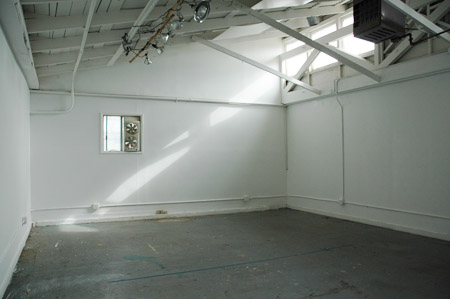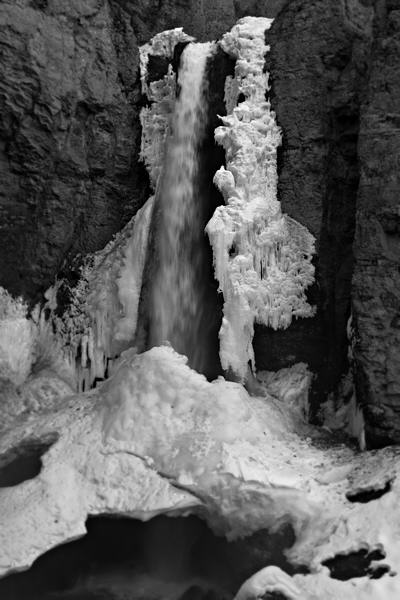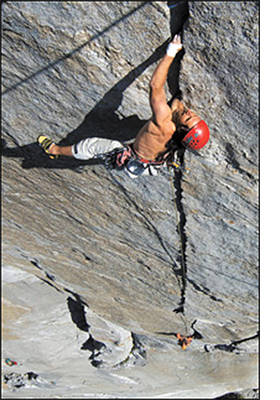
Painting From Life vs. From Photos
Art is the visual representation of that which people find important at an emotional level. Making art used to be a specialized profession that required years of training. Today, making art is no big deal. Anyone with a camera can make art; take a photo of your kid, it’s art. It’s that simple.
The so-called Art World has successfully appropriated the word ‘art’ and created a lot of confusion in the process. We can resolve the difficulty simply by recognizing what Art for the Art World really is — a brand label. Let’s call it ArtTM.
The players in the Art World would like you to believe that they are the natural and rightful heirs of a great cultural history. Artists like Michelangelo, supported by patrons like the Medici, devoted themselves to the representation of that which people found important at an emotional level. Everyone knows that the players in the contemporary Art World are not the real descendants of the likes of Michelangelo or the Medici, of course. But the lack of an obvious competitor supports the illusion of rightful inheritance of something important.
ArtTM — that which the Art World deals in — is something that most people don’t understand or like. This is one reason that making ArtTM is generally not a viable profession, despite the huge social effort put into training artists at art schools and universities. People tend not to spend much money on ArtTM, because it does not represent for them anything important at an emotional level. In other words, ArtTM is generally not even art.
What is the real art world? It’s all around us, of course, so ever-present that we hardly notice its presence. Look at the internet, magazines, TV, bill boards. Art is everywhere. Drawings, photos, sculpture — cheap, low quality for the most part, but art nonetheless. We usually think of it as advertisement, or department store mannequin, or porn. These things are more art than ArtTM.
How to be a successful artist today (in the traditional sense of an individual making creative representations for profit)? A daunting challenge, to say the least. Dropping some illusions, distinguishing between ArtTM and real art would be helpful.
The Art World is inadequate to support its people. Artists tend to subsidize collectors. The real art world on the other hand is so powerful that it doesn’t even need to use the brand label. The question I ask is, how can an individual artist be a player in the real art world and still retain identity as an artist?
 One of my mine, I just discovered, has popped up in comments a couple of times:
One of my mine, I just discovered, has popped up in comments a couple of times: 



